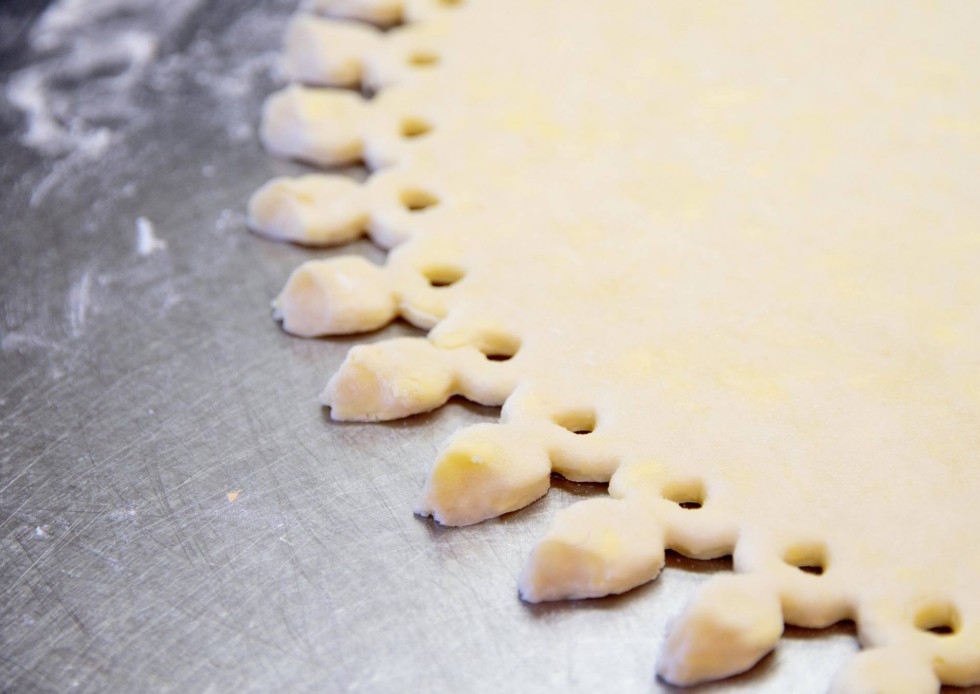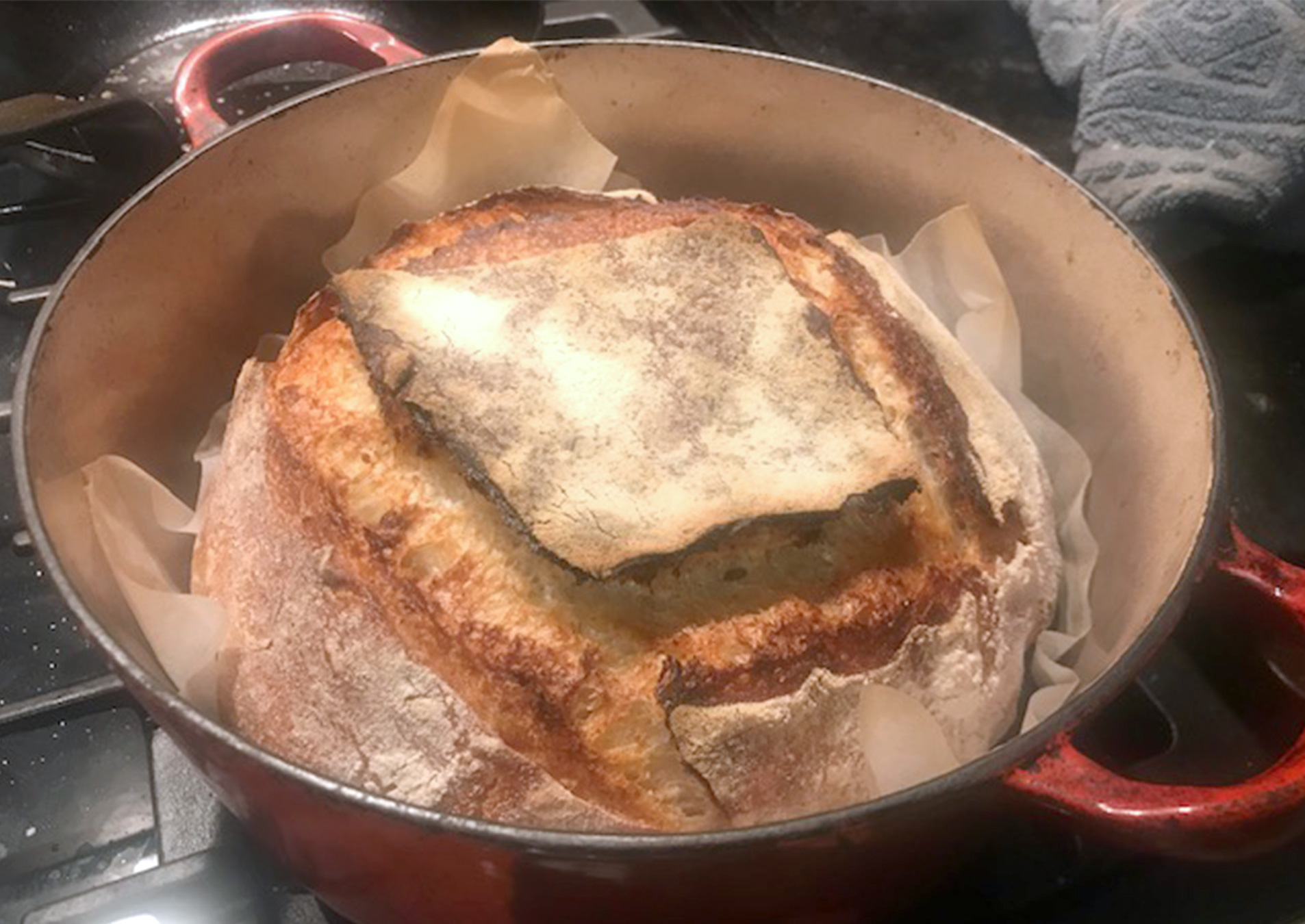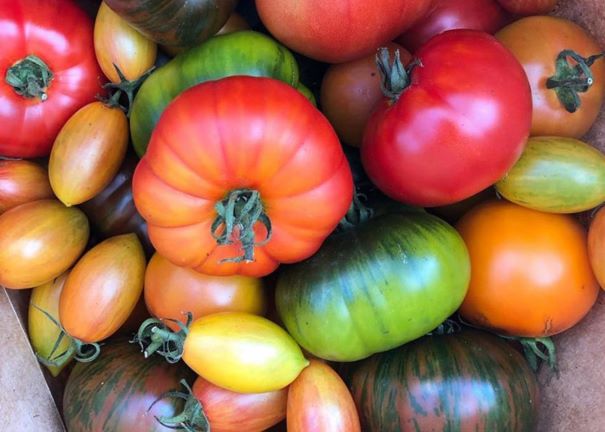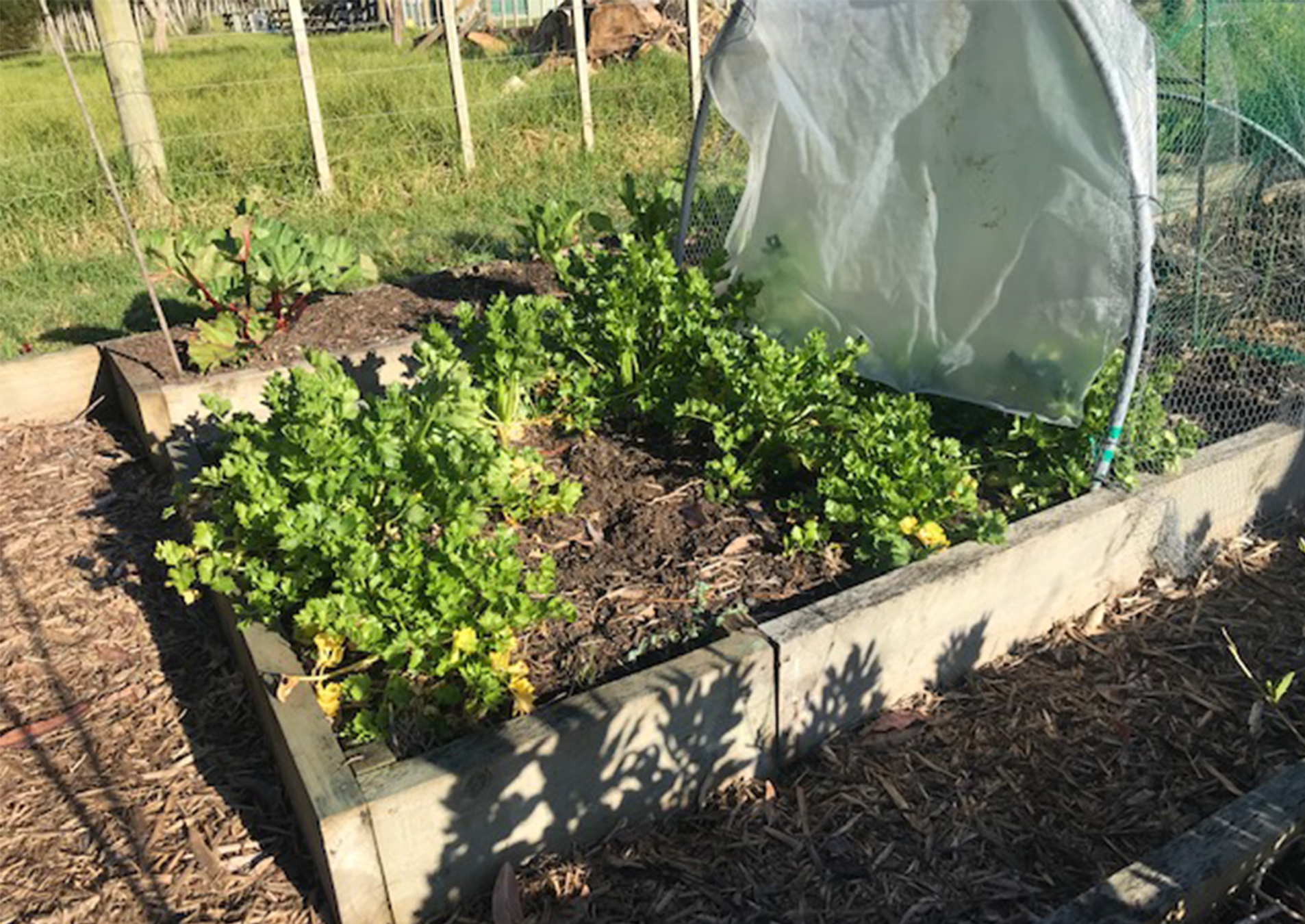
https://westgold.com/
Article content
"Find a good pie crust that you like and stick with it."
Making pastry from scratch isn’t as daunting as you think. Luckily we've been working with the wonderful Kearin from Wellington Bakehouse who has kindly shared with us some of her best tips when making Fruit Pies.
Instead of having a different crust for every different recipe, Kearin recommends finding a good pie crust that you like and sticking with it. Pastry can be so versatile so here is Kearin's basic pastry toolkit including tried and tested versions you can easily make yourself at home, even if it’s your first foray into pastry making.
Kearin's Pastry Toolkit:
1. An all-purpose dough:
An American style pie crust is super versatile, it's less flaky than rough puff, and it gives wonderfully crunchy edges and is a really robust dough for all kinds of fillings, sweet and savoury. This is the recipe from our 3rd Bake Off challenge which you can find further down on the group page.
2. A soft flaky dough:
Kearin’s cream cheese dough has a similar feel to a puff pastry but much easier to make and comes out beautifully tender, flaky and soft. Just be careful not to put anything too heavy or wet in it or it can be soggy.
3. Simple Short Crust:
Kearin adds ground almonds to hers to keep it tender (ground almonds are good for cookies too!), and it's a great alternative to pie crust so long as there isn't too much moisture in your filling. It's great for small tarts too.
4. Store bought filo:
Yes, you heard right sometimes the supermarket is the answer. Filo is fabulous for a quick dinner as well as crispy sweet hand-pies.
Kearin’s delicious cream cheese and shortcrust pastry recipes can be found here.
Tips for the creating the perfect pie circle shape:
1. When rolling out your dough rotate the dough, so you are always rolling evenly in one direction away from you.
2. If you can, try to keep most of the pressure in the middle of the rolling pin.
3. And while we’re on the subject of rolling pins, if you’re looking for a new one try a tapered french pin - a long one without handles that tapers gently at the ends. They're perfect for rolling out sheets evenly.
4. And remember it's totally fine to just use a plate and cut around it with a knife to get your perfect circle.
And now to the filling and preventing soggy bottoms:
1. Once you have laid your pastry in the dish or pan, dust a teaspoon or two of flour over the base before you add the filling – this will helps to absorb moisture from the filling before it reaches the crust.
2. Before adding to the dish, toss the filling in a tablespoon flour. This is another great way to help absorb moisture and it will help set the filling once cooled.
3. Should I use flour or cornflour? You can use either but keep in mind that flour can be cooked above 100 degrees quite happily. Cornflour has a more sensitive temperature window so while it will thicken something it can also split and release the liquid if it gets too hot.
4. Cool the filling first. Ideally before cooking your pie you want both the pastry and the filling to be cold before you combine them and cook your pie otherwise warm filling can melt into your crust before it has a chance to bake.
5. Start with a good high heat to quickly set the pastry base and cook on the lowest shelf in the oven. This will help cook the pastry first before the filling starts to release moisture.
6. If you are blind baking a crust to fill when it's cold, brush the cooked pastry crust thinly with chocolate (any type) to create a moisture barrier – this works especially well with custard and fruit pies (Strawberry & white chocolate, yum!). Or before cooking, brush the pastry with egg white. When it bakes this will create a seal to prevent filling soaking into the crust.
7. Using a pizza stone or baking sheet can also help. Just pre heat it and put the pie on it to cook as this will help the crust to set quickly.
8. Metal and enamel pie dishes work well they tend to brown the crust nicely as these dishes conduct heat. Pyrex dishes are also great as you can see how its cooking underneath but they do need a few more minutes cooking time.
Best fruits that hold their shape:
1. The best apple types are Granny Smiths, Braeburn and Jazz as they keep their texture. Red Delicious on the other hand can go mushy - if you're not sure how well your apples will hold their shape just give them a google. Buerre Bosc are a great all purpose pear for cooking as well.
2. Rhubarb is a delicious choice but it can go mushy if it's cooked too long so keep an eye on it and use it in a crust that doesn't need long baking. When cooking rhubarb generally, baking it at a low temperature rather than cooking on the stovetop and checking it often will help prevent mushiness.
3. Most stonefruit hold their shape well, especially cherries, peaches and plums. Go for darker, firmer plums like Black Doris or Omega.
4. Because berries naturally hold a lot of liquid and can collapse they are a great partner for other fruits like apples.
5. If you want to make an all-berry pie blackberries and blueberries are a good bet as the hold their shape the best. To get a nice gooey consistency for a blueberry pie cook the berries briefly on the stove to drive off a little extra liquid, and add a little sugar and some cornflour to thicken the sauce.
To find out more about Kearin and her delicious baking check out her blog here.


 Previous blog
Previous blog 


